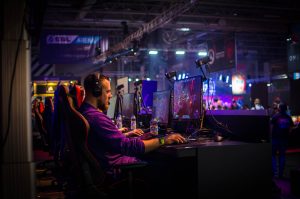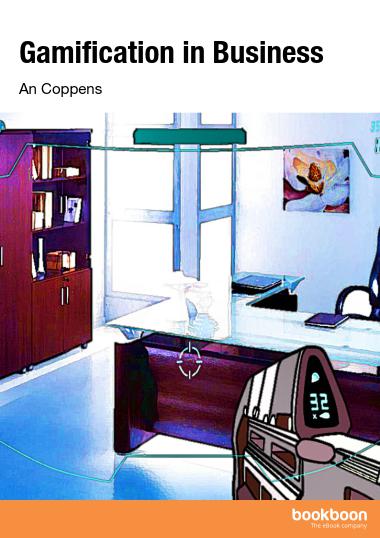What is gamification?

Gamification. You have probably heard this term more and more over the past few years. It sounds pretty fun but if, when you hear the word, you assume you’ll spend the rest of your working days playing games, you are both correct and incorrect. Let’s look at gamification and what it actually means.
This blog is an updated version of a blog written by An Coppens.
Gamification is indeed a relatively new term and draws its origins from the increasingly popular industry of games and gaming. Effectively, the definition of gamification used in courses all around the globe is developed along the following lines: Gamification is the application of game techniques and game elements to non-game situations.
In my working definition for this book, I will define gamification as follows:
Gamification is the application of game psychology, game mechanics and techniques to non-game situations to improve results and engagement.
In my business, I would even go a step further and say that we design gamification solutions, which encourage winning behaviour and business results in sales, HR, training, and productivity. For our purpose, however, we can stick with the definition above, which will also allow us to illustrate how this works in other areas of business.
Gamification: Why?
 I often hear the question “why should we bring games and game-thinking into the workplace?” as well as “Isn’t business supposed to be serious? Playing doesn’t belong in work”, and “Our business is too serious to even contemplate gaming.”
I often hear the question “why should we bring games and game-thinking into the workplace?” as well as “Isn’t business supposed to be serious? Playing doesn’t belong in work”, and “Our business is too serious to even contemplate gaming.”
The reality is that there is a new generation of workers permeating industry today and they have grown up with games. And they are excited to integrate these games into their industries.
Even generation X, those of us born between 1966–1977, has become used to bite-sized information snippets thanks to broadcast media and online information streaming. This generation is turning to games in their masses as well.
The whole stereotype of the boy gamer, locked in a dark bedroom playing multi-player online games, is becoming outdated. In fact, the average age of a gamer is now 30+ and the split between men and women is becoming closer to 50/50 with 46% of ‘gamers’ in 2017 being women.
The video game industry is expected to be worth 90 billion USD by 2020 (Original research by Khalad Shaalan). So, perhaps they are doing something right and we should consider less pushback when it comes to gamification in learning.
Employee engagement crisis and gamification
 The Gallup Corporation has conducted extensive research in employee engagement and discovered that a shocking majority of workers are disengaged from work most of the time. Only 13% of workers they found are actively engaged in the workplace and 63% of the global workforce is not engaged and 24% are actively disengaged.
The Gallup Corporation has conducted extensive research in employee engagement and discovered that a shocking majority of workers are disengaged from work most of the time. Only 13% of workers they found are actively engaged in the workplace and 63% of the global workforce is not engaged and 24% are actively disengaged.
What the gaming industry has done well is that they have captured our attention for a longer time than most other tasks and which often involve group ‘quests’ or ‘missions’. Game elements could enhance our work experience. The nature of work tends to evolve around teams and people, which again can stimulate some similar set-ups as we can find in games.
What engaged employees and passionate gamers have in common is a drive to succeed and a motivation to finish a job or task. Gamification as explained in our definition applies game dynamics to tap into people’s nature to want to do a good job and contribute based on strengths, knowledge, and experience.




